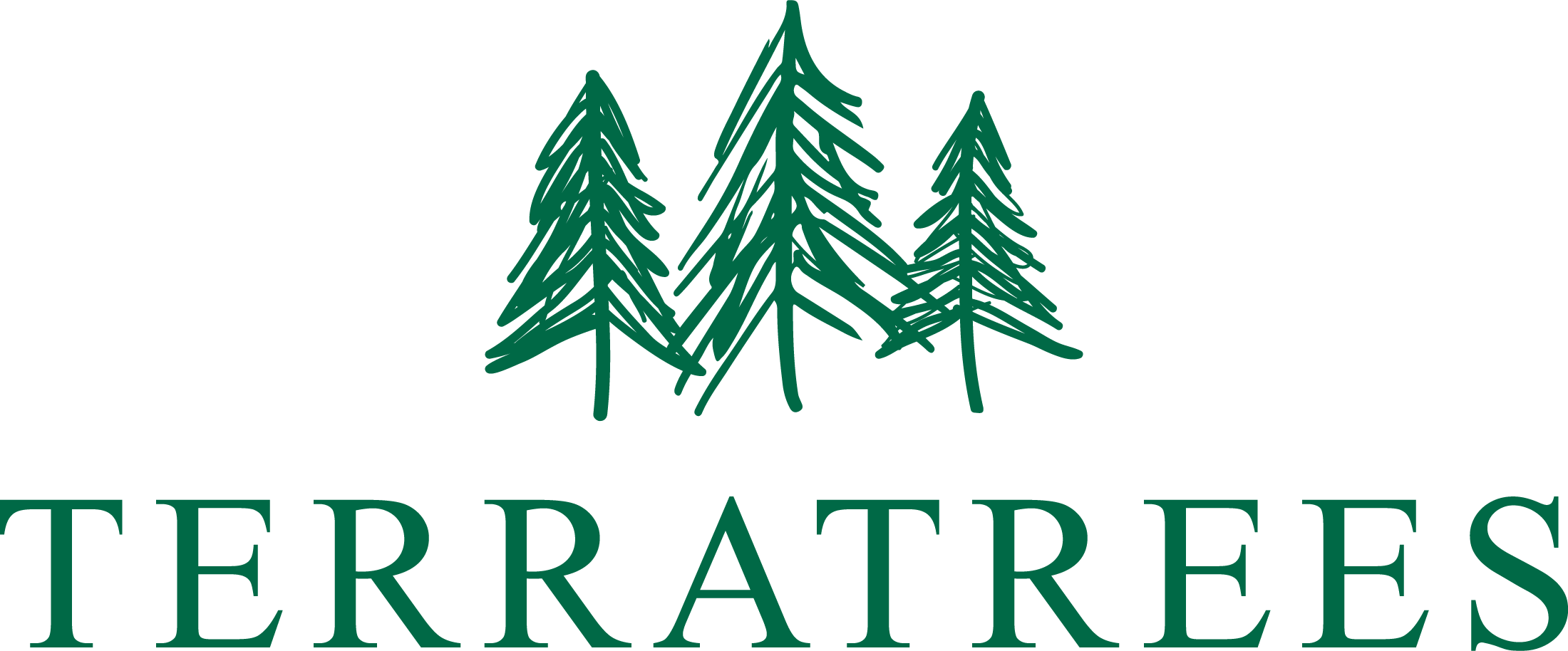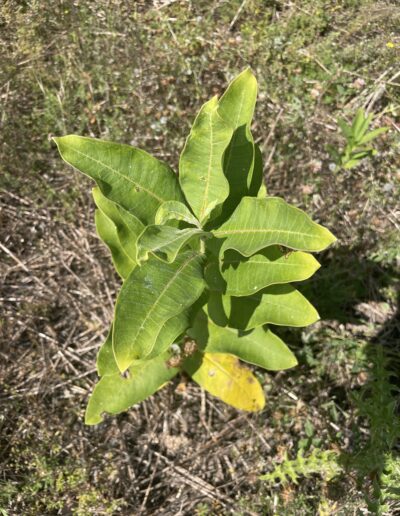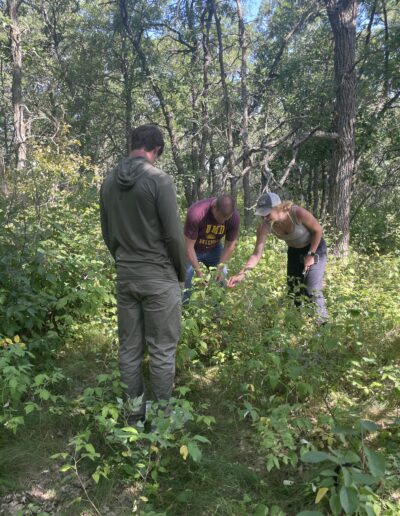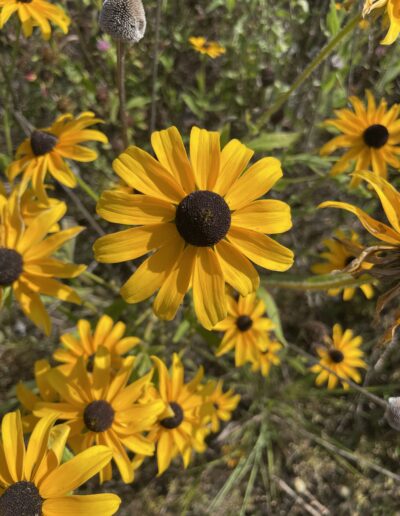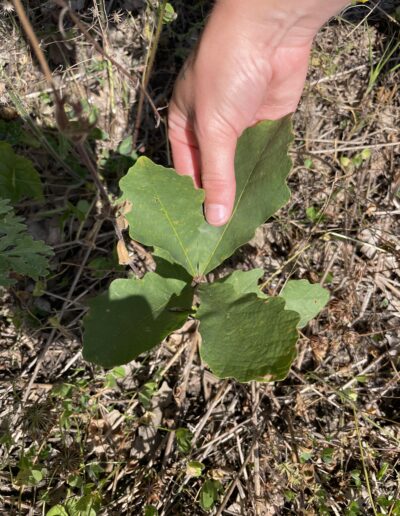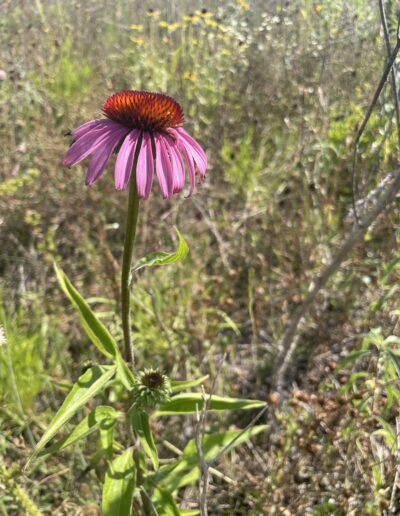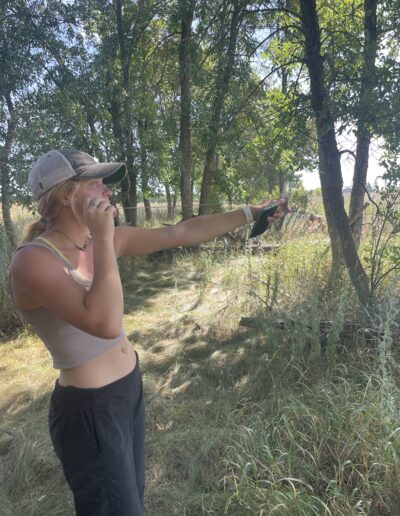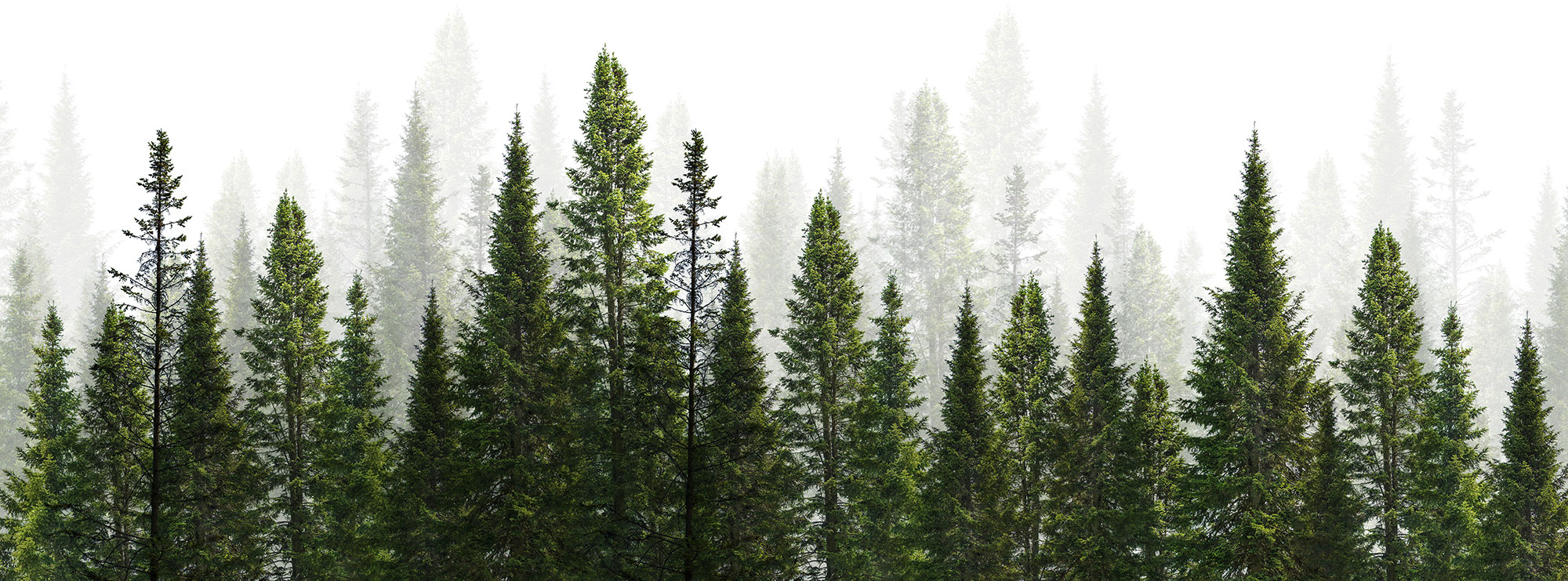A New Reforestation Project
Hello from the Dietz family!
We’re excited to finally share details on the property we purchased in July to support our reforestation efforts. We’ve named it Basswood, and right now it’s nearly a blank slate, ready for a mass tree planting initiative. It’s a lovely 30-acre parcel that lies in Pine Point Township, Minnesota, near Basswood Lake, hence the name. Most of the trees on the property were cut down many years ago for agriculture, but we plan to bring that forest back.
A Habitat for Pollinators
Interestingly, 24 acres were previously planted with pollinator species. This means native wildflowers were planted to increase habitat and food sources for pollinators like bees, birds, butterflies, beetles, and bats.
Scientists estimate that about 75% of the world’s flowering plants and about 35% of the world’s food crops depend on animal pollinators to produce our food supply (USDA source). Pollinators are also responsible for much of the world’s oils, fibers, and raw materials (planet bee foundation). But habitat loss, climate variability, and pesticides are hastening the decline of these species. So we need to do all we can to support these critical species.
Stage 1 Reforestation Plan
On the reforestation side of things, with the fantastic help of our foresters, we have a detailed forest stewardship plan in place for Basswood. This spring, we’ll plant 1,000 white spruce trees; 1,000 red pine; 1,000 white pine; and 1,000 bur oak among the pollinator plants.
A Short Walkabout
They say pictures are worth a thousand words, so take a peek down below at our first visit this past summer (click images to view larger). We’ll have a lot more exciting developments to share soon. Stay tuned and be well, friends! 🌱
Common milkweed (Asclepias syriaca) is a Minnesota native, perennial wildflower that blooms in midsummer. Its lovely fragrance often precedes seeing the flowers. It commonly grows in sunny areas and ditches and is a primary part of the monarch butterfly’s diet. Monarch caterpillars feed exclusively on the leaves, and the adult butterflies need milkweed to lay their eggs. They also feed on the nectar of the flowers, along with other flower species.
A sliver of bur oaks stand on the west perimeter of the new property. In the shade, there are hundreds of wild raspberry bushes. At the time we visited, their season was on the downswing, but David and the kids enjoyed what fruit remained. We’ll be sure to be there for the fresh crop this summer.
The black-eyed Susan is a hardy and well-known flower species. In addition to its aesthetic, it also has many ecological benefits. It stabilizes soils and provides color while most plants are still small and developing their root systems. The species also provides important competition with weeds and is a pollen and nectar source for a wide range of pollinators.
This natural regeneration of bur oak tells us that the soil type at Basswood is ideal for reforestation. Bur oaks are extremely tough trees and can live for hundreds of years.
Purple coneflowers are another species that attracts pollinators when they flower in mid-summer to early fall. We also love them because the flowers produce spiny seeds that are a fall food source for birds. The purple coneflower, or echinacea, is a part of traditional Native American medicine.
Taylor is demonstrating how to measure basal area – an estimate of the density of a stand of trees as they can differ greatly in their circumference. For example, if 25 trees in a stand are all thin, young aspens, there won’t be much of that land physically covered by trees. However, if those 25 trees were massive pines, then that acre will be filled very densely. The basal area measurement takes away the difference in tree types to look at the amount of area that is covered by trees. This important measurement guides proper forest management.
